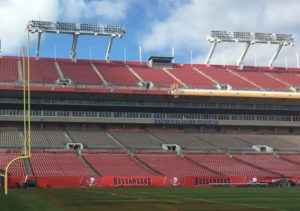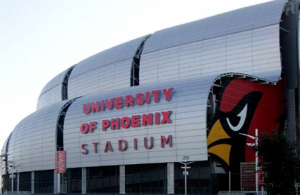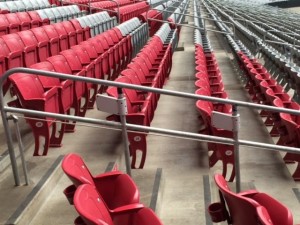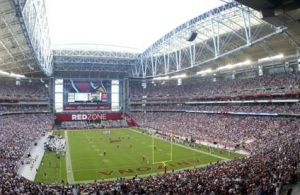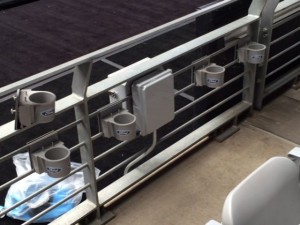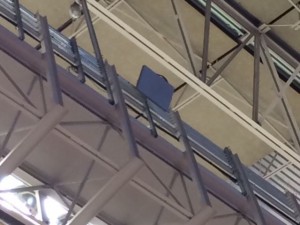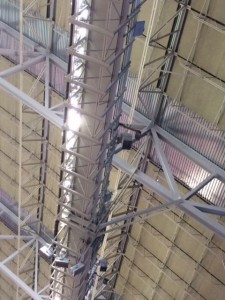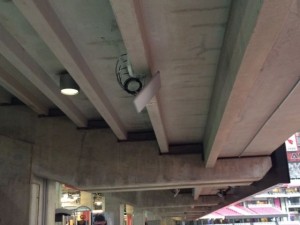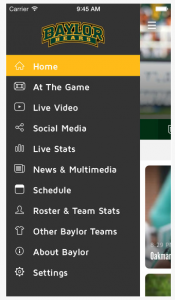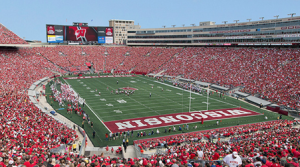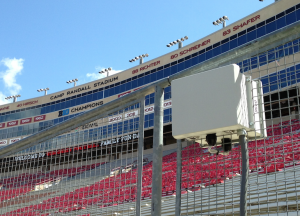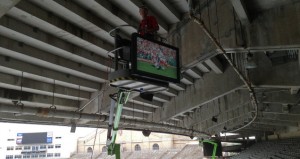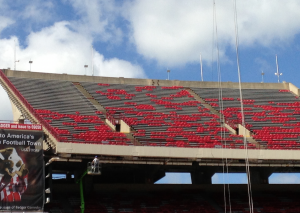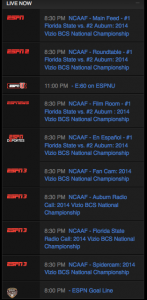According to our unofficial list, the last two college football playoff games rank fifth and sixth overall in the list of “most Wi-Fi used for a single-day event,” trailing only the last two Super Bowls, WrestleMania 32 and a Texas A&M home game against Alabama. (Note to stadium IT types: If you have a recent event that should be on our list, let us know!) DAS stats from the CFP championship games were also among the top usage totals for single-day events, with such numbers still growing year to year.
For this year’s game at the home of the NFL’s Buccaneers, AT&T said it had increased coverage via the stadium’s DAS by 400 percent, now up to a total of 452 antennas inside the venue. In and around town, AT&T said it had invested more than $9 million in new improvements, including 20 new or enhanced cell sites, ahead of the playoff championship weekend. In addition, AT&T will be deploying 2 cell on wheels or COWs during the event.MSR TOP 3 TOTAL USAGE
1. Super Bowl 50, Levi’s Stadium, Santa Clara, Calif., Feb. 7, 2016: Wi-Fi: 10.1 TB; DAS: 15.9 TB; Total: 26 TB
2. Super Bowl XLIX, University of Phoenix Stadium, Glendale, Ariz., Feb. 1, 2015: Wi-Fi: 6.23 TB; DAS: 6.56 TB**; Total: 12.79 TB**
3. WrestleMania 32, AT&T Stadium, Arlington, Texas, April 3, 2016: Wi-Fi: 6.77 TB; DAS: 1.9 TB*; Total: 8.6 TB*
* = AT&T DAS stats only
** = AT&T, Verizon Wireless and Sprint DAS stats only
MSR TOP 5 FOR WI-FI
1. Super Bowl 50, Levi’s Stadium, Santa Clara, Calif., Feb. 7, 2016: Wi-Fi: 10.1 TB
2. WrestleMania 32, AT&T Stadium, Arlington, Texas, April 3, 2016: Wi-Fi: 6.77 TB
3. Super Bowl XLIX, University of Phoenix Stadium, Glendale, Ariz., Feb. 1, 2015: Wi-Fi: 6.23 TB
4. Alabama vs. Texas A&M, Kyle Field, College Station, Texas, Oct. 17, 2015: Wi-Fi: 5.7 TB
5. College Football Playoff championship game, AT&T Stadium, Arlington, Texas, Jan. 12, 2015: Wi-Fi: 4.93 TB
